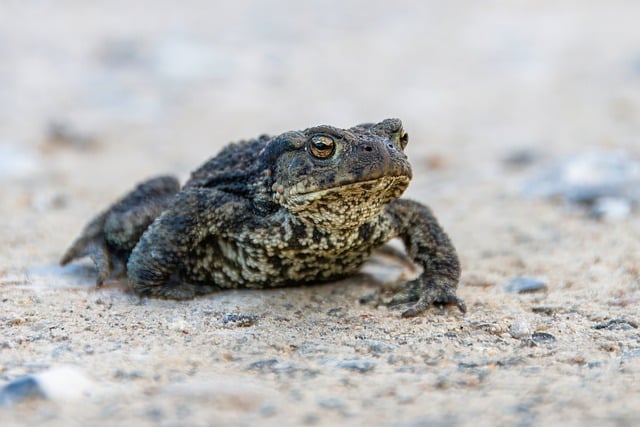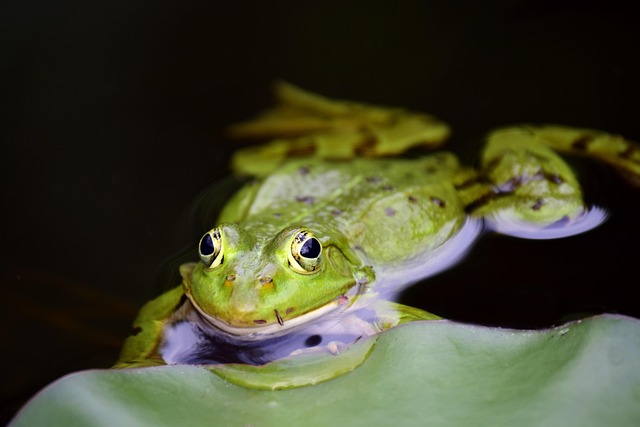
“Unveiling the Hidden World of Toads: A Closer Look at these Amphibious Wonders”
Unveiling the Hidden World of Toads: A Closer Look at these Amphibious Wonders
When you think of the animal kingdom, your mind might wander to majestic lions or graceful dolphins. However, nestled quietly in the damp corners of our gardens and parks are the unsung heroes of the amphibian world: toads. These overlooked creatures possess unique qualities that deserve our admiration and intrigue.
Toads are often misunderstood, frequently hurt by popular misconceptions. Many people label them as slimy or unattractive, but if we delve deeper into their lives, we uncover extraordinary adaptations and fascinating behaviors that challenge such stereotypes. Unlike their frog counterparts, toads tend to have drier, bumpier skins, which serve as a protective barrier against predators and environmental stresses. This skin, often mottled or patterned, allows them to blend seamlessly into their surroundings, showcasing nature’s artistry.
One of the most remarkable aspects of toads is their robust role in the ecosystem. As both prey and predator, they help maintain a balance in the food web. Their primary diet consists of insects, making them natural pest controllers in gardens and agricultural areas. Imagine the relief of not having to deal with pesky flies and mosquitoes, all thanks to these tireless hunters. The sound of a toad croaking in the evening signals not just their presence, but also a healthy environment, as it indicates a thriving insect population.
Breeding is another fascinating chapter in the life of a toad. During the mating season, male toads emit distinctive calls that echo through the night, attempting to attract females with their melodies. Once a pair successfully mates, the female lays hundreds of eggs, often in watery habitats like ponds or streams. This high reproductive rate ensures the survival of the species, even against the many threats they face in the wild.
Additionally, toads exhibit remarkable longevity, with some species living for decades. This longevity is a testament to their resilience and adaptability. As the climate changes and habitats are altered, toads are forced to adjust, exhibiting behaviors that highlight their survival instincts. They burrow down into the earth or take refuge in shade during scorching summers, demonstrating their ability to cope with adverse conditions.
While we may encounter toads in our backyards, much of their sophisticated life remains a mystery, shrouded in tales and legends. Some cultures celebrate these amphibians as symbols of transformation and luck, weaving them into stories that highlight their enchanting nature. The more we explore the hidden world of toads, the more we realize that these creatures are not just part of the landscape; they are intricate components of our ecosystem and worthy of our respect.
So, the next time you spot a toad perched on a rock or hopping gently across a path, take a moment to appreciate its journey. These amphibious wonders can teach us valuable lessons about adaptability, resilience, and the beauty of the natural world that often goes unnoticed. Let us not overlook their significance and instead embrace the hidden world of toads as an essential part of our environment.



